
When it comes to vegetable gardening, one of the most common concerns for gardeners is dealing with the pesky weeds that seem to pop up everywhere. Many gardeners are under the impression that they need to be constantly on the offensive, pulling weeds as soon as they appear. However, the frequency of tackling weeds among your vegetable plants may be less than you think.
Weeds are an inevitable part of any garden. They compete with your vegetable plants for essential resources such as water, nutrients, and sunlight. But not all weeds are created equal, and not all of them pose an immediate threat to the health and productivity of your vegetable garden.
Some weeds can actually serve a beneficial purpose. For example, certain types of weeds can act as a natural mulch, helping to retain soil moisture and suppress the growth of other, more invasive weeds. They can also attract beneficial insects that prey on garden pests, providing a form of natural pest control.
So, how often should you really be weeding your vegetable garden? The answer depends on several factors, including the type of weeds present, the stage of growth of your vegetable plants, and the overall health of your garden.
Early in the growing season, when your vegetable plants are still young and vulnerable, it's important to keep the weed population in check. Weeds can quickly outcompete young seedlings for resources, stunting their growth and reducing their chances of survival. At this stage, a weekly or bi - weekly weeding session may be necessary to ensure that your vegetable plants have the best start possible.
As your vegetable plants mature, they become more resilient to competition from weeds. Their root systems are more developed, allowing them to access water and nutrients more effectively. At this point, you may be able to reduce the frequency of weeding to once every few weeks. However, it's still important to keep an eye on the weed situation, especially if you notice any particularly invasive or fast - growing weeds.
Another factor to consider is the type of weed control method you use. Hand - pulling weeds is a common and effective method, but it can be time - consuming. If you have a large garden, you may want to consider using other methods, such as mulching or using a hoe. Mulching with organic materials like straw or wood chips can help to smother weeds and prevent them from germinating. A hoe can be used to quickly cut off the tops of weeds, preventing them from competing with your vegetable plants.
It's also important to be strategic about when you weed. Weeding after a rain or after watering your garden can make the process easier, as the soil is softer and the weeds are easier to pull out. Additionally, removing weeds before they go to seed can help to prevent future weed problems.
Some gardeners advocate for a more hands - off approach to weed control, allowing a small number of non - invasive weeds to coexist with their vegetable plants. This approach can help to create a more diverse and balanced ecosystem in your garden, which can be beneficial for the overall health of your plants. However, this requires careful monitoring to ensure that the weeds don't get out of control.
In conclusion, the frequency of tackling weeds among your vegetable plants is not a one - size - fits - all answer. It requires careful consideration of the specific conditions in your garden, including the type of weeds, the growth stage of your vegetable plants, and the weed control methods you use. By being strategic and informed, you can find the right balance between keeping your garden weed - free and maintaining a healthy, productive vegetable garden.
Remember, a little bit of weed in your garden doesn't necessarily mean disaster. In fact, it can be a sign of a natural and thriving ecosystem. So, next time you see a weed popping up among your vegetable plants, take a moment to assess the situation before reaching for the hoe or the weed - pulling gloves. You might just find that you don't need to weed as often as you thought.

Unleashing the Floral Magic of Snowball Hydrangeas
Unleashing the Floral Magic of Snowball Hydrangeas
Unveiling the Secrets of Cultivating Carolina Allspice
Unveiling the Secrets of Cultivating Carolina Allspice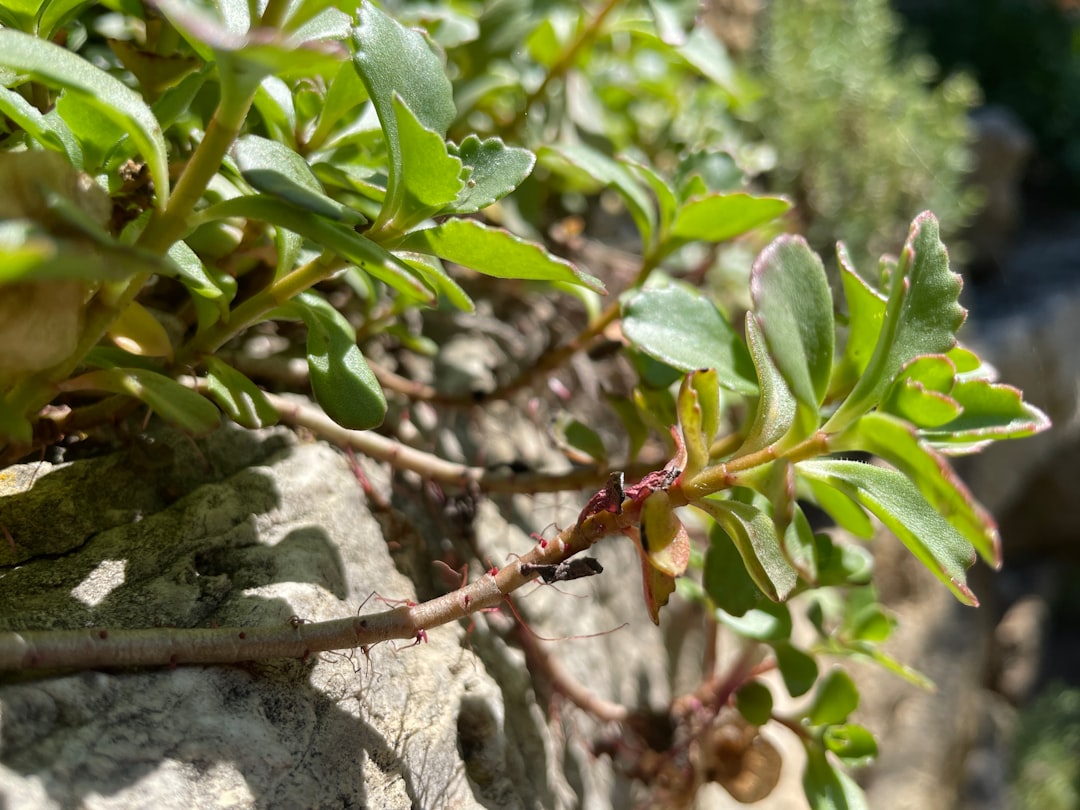
The Art of Planting Bare Root Trees: A Comprehensive Guide
The Art of Planting Bare Root Trees: A Comprehensive Guide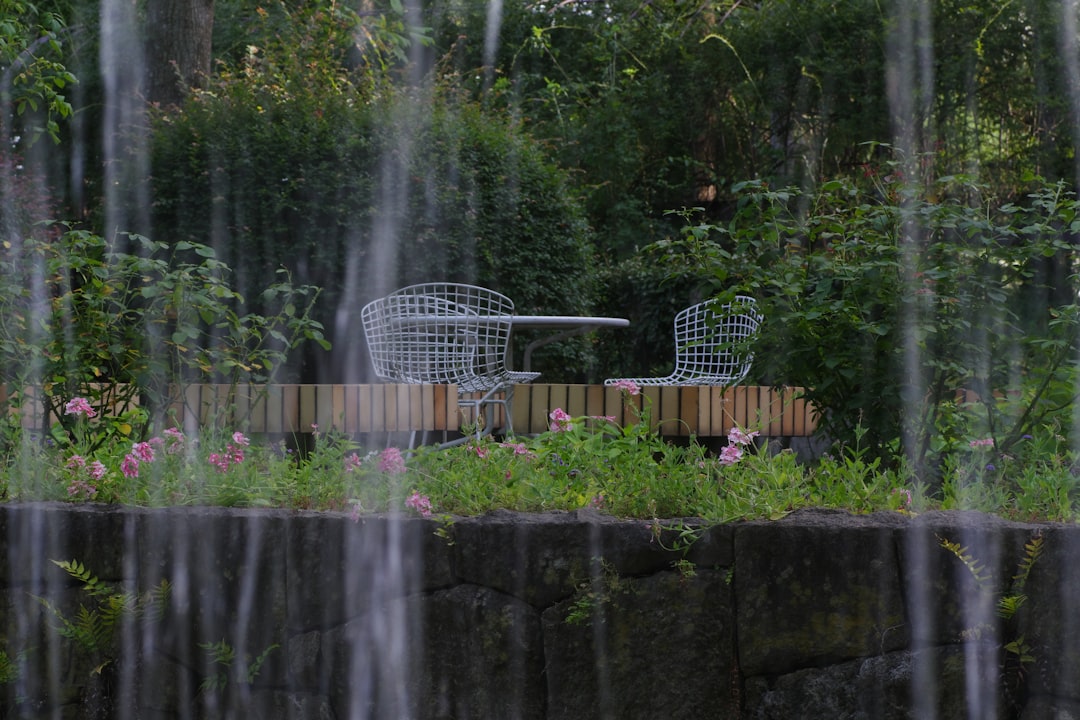
The Enchanting Allure of White - Flowered Trees for Your Front Yard
The Enchanting Allure of White - Flowered Trees for Your Front Yard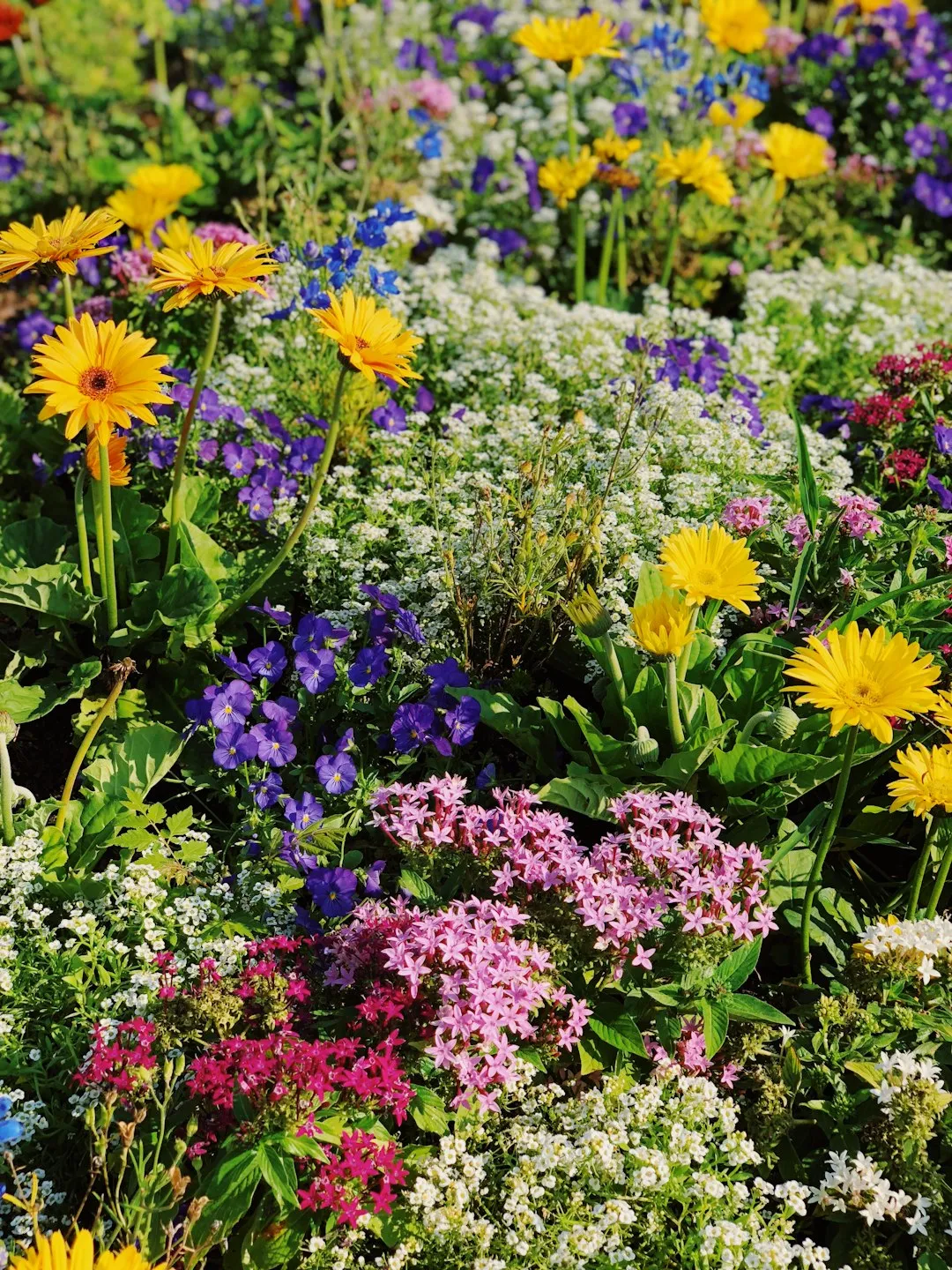
Transform Your Home with Succulent Wall Art from an Old Picture Frame
Transform Your Home with Succulent Wall Art from an Old Picture Frame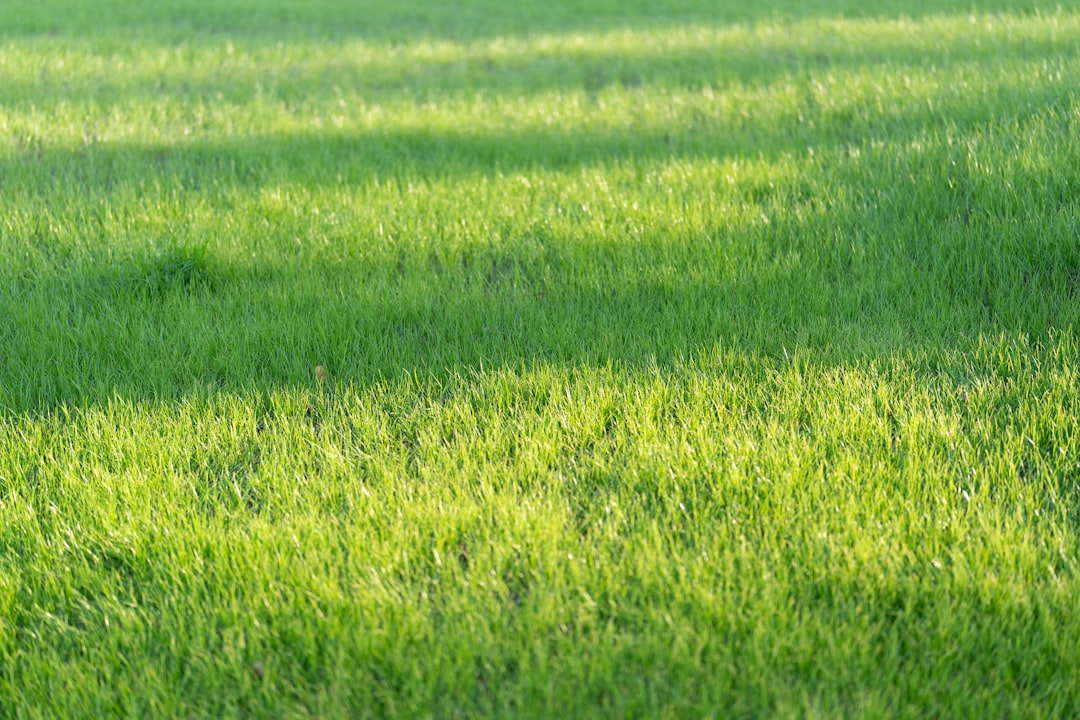
Transforming Broken Pots into Enchanting Fairy Gardens
Transforming Broken Pots into Enchanting Fairy Gardens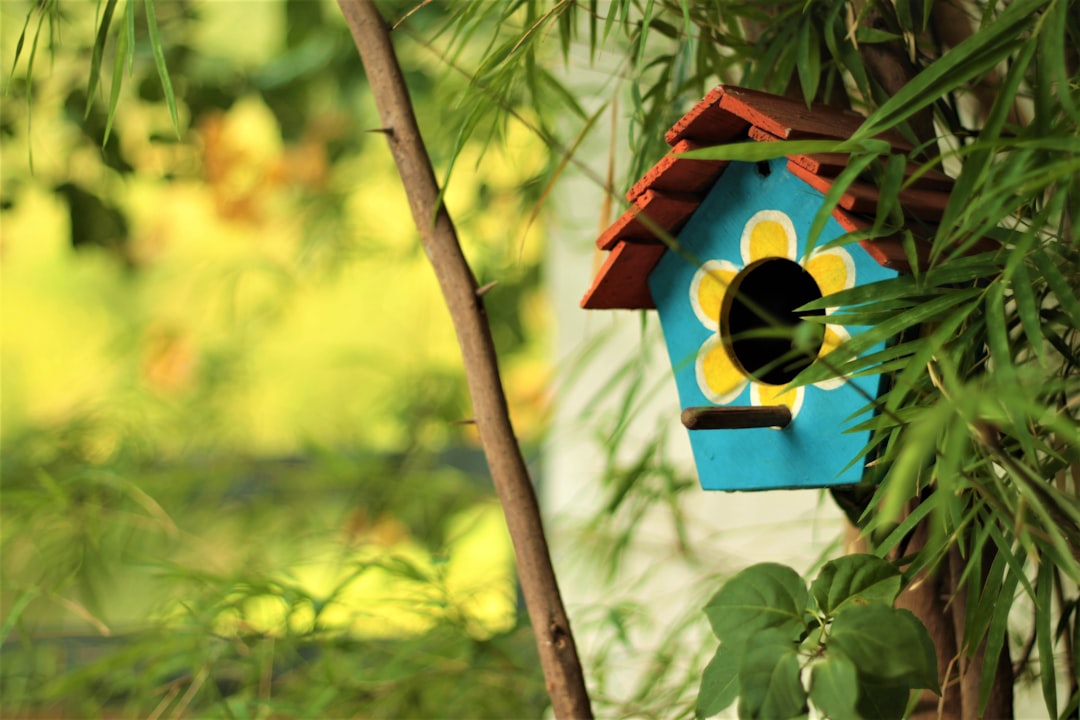
Unleash the Beauty of Dahlias in Pots This Summer
Unleash the Beauty of Dahlias in Pots This Summer
Transform Your Shady Yard with Caladium Container Magic
Transform Your Shady Yard with Caladium Container Magic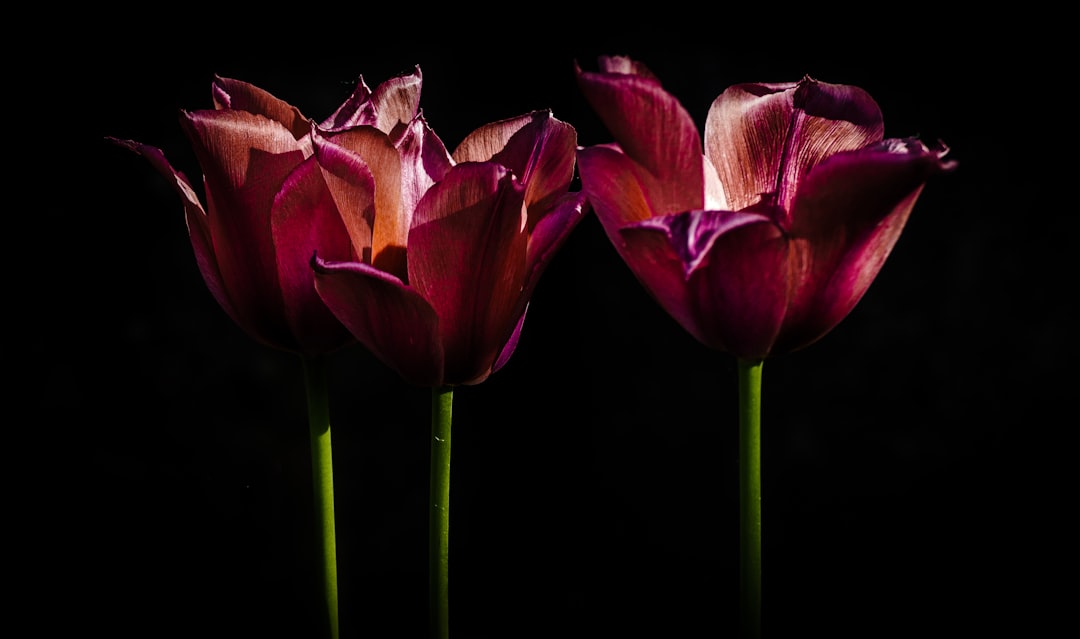
Unleash Your Creativity with DIY Concrete Planters
Unleash Your Creativity with DIY Concrete Planters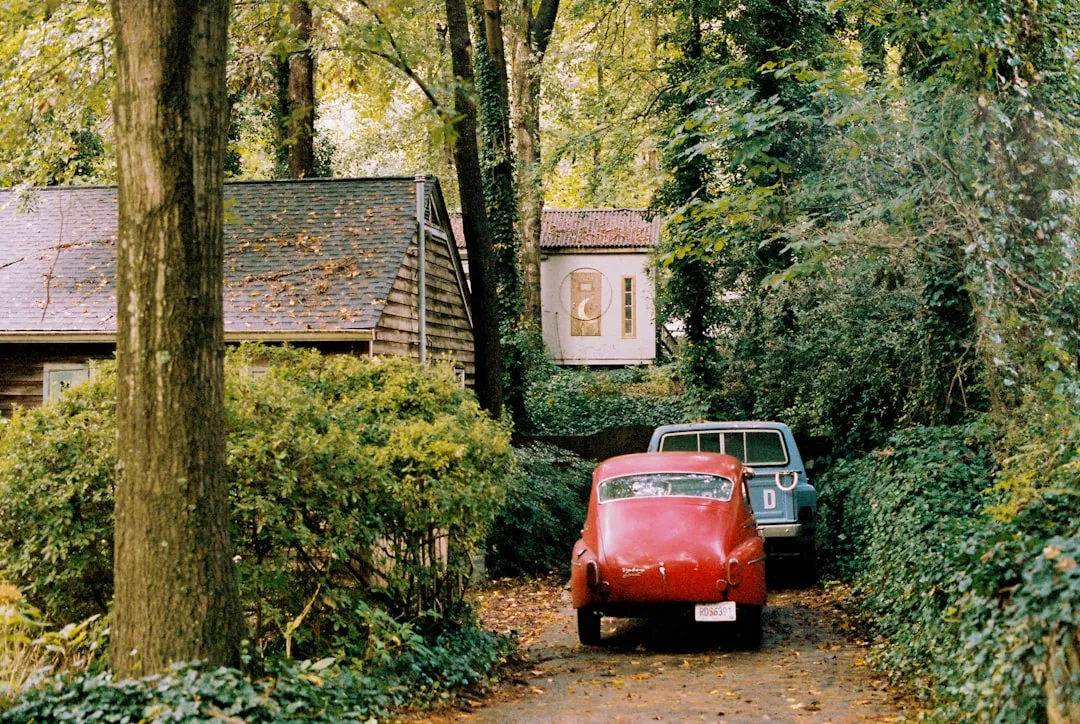
The Secret to Thriving Jade Plants: Minimal Effort, Maximum Results
The Secret to Thriving Jade Plants: Minimal Effort, Maximum Results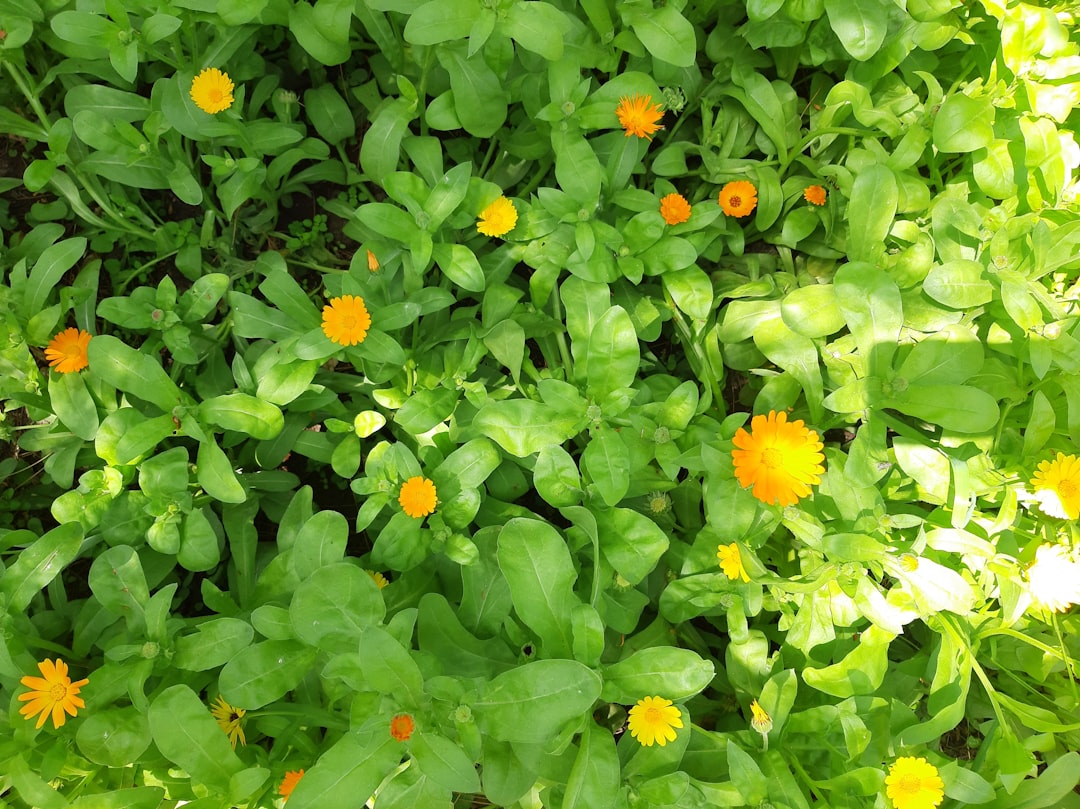
Unveiling the Secrets of Thriving Houseplants: A Two - Month Journey
Unveiling the Secrets of Thriving Houseplants: A Two - Month Journey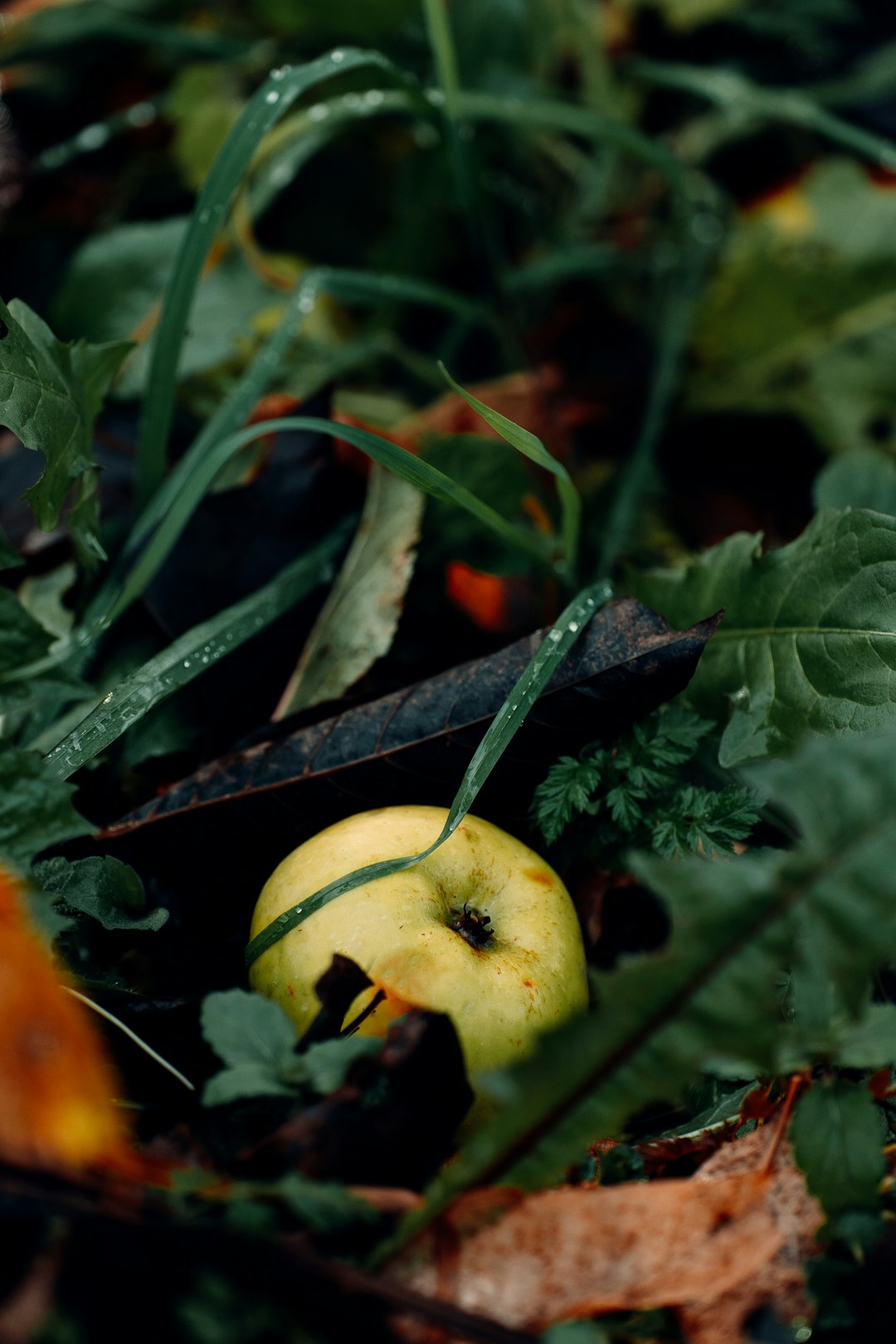
The Ideal Starter Plant for Your Indoor Oasis
The Ideal Starter Plant for Your Indoor Oasis
Transform Tiny Outdoor Spaces with a DIY Container Pond
Transform Tiny Outdoor Spaces with a DIY Container Pond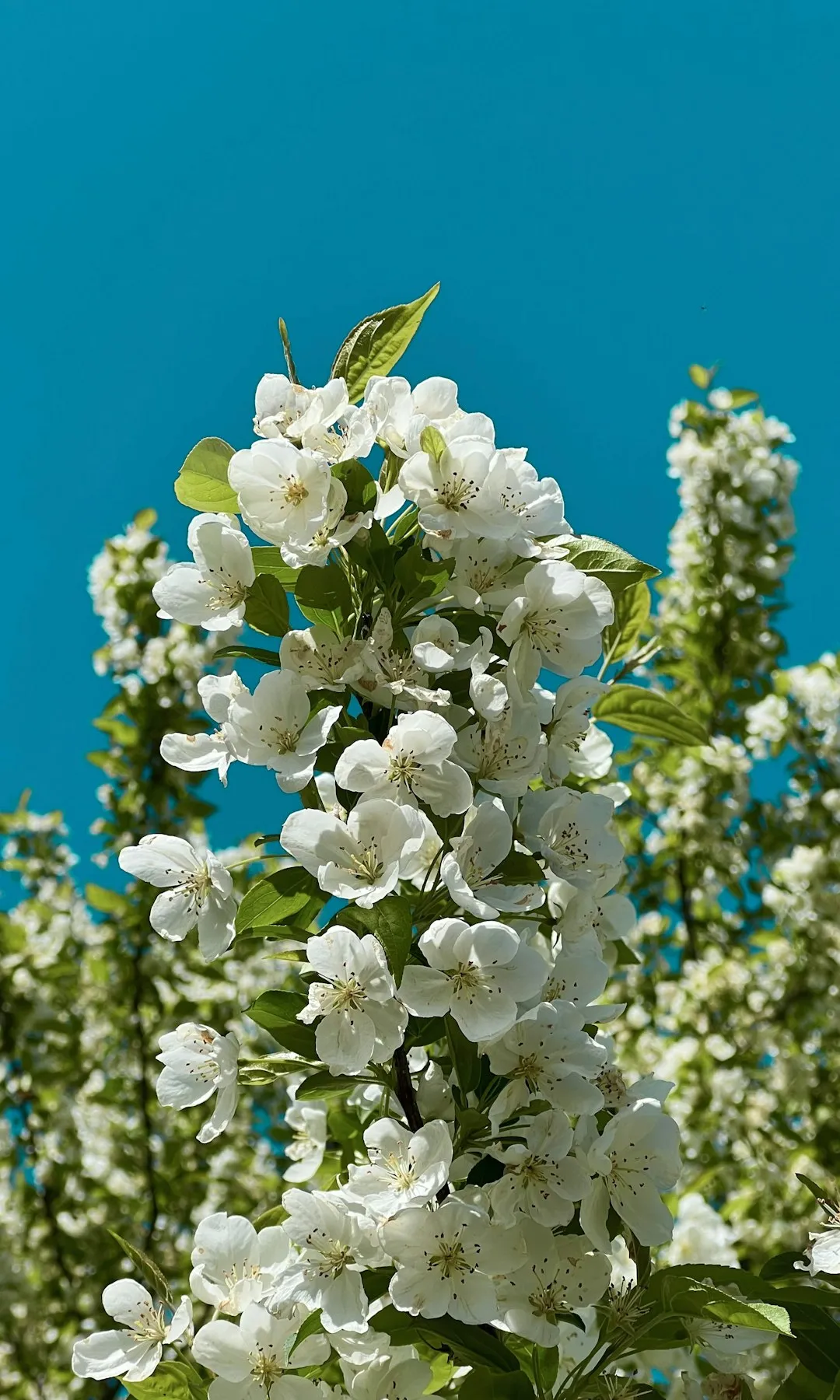
The Gravel Guide: Avoiding Common Pitfalls in Landscape Design
The Gravel Guide: Avoiding Common Pitfalls in Landscape Design
Summer's Floral Magic: Transforming Your Garden
Summer's Floral Magic: Transforming Your Garden
Transform Your Mailbox into a Garden Gem
Transform Your Mailbox into a Garden Gem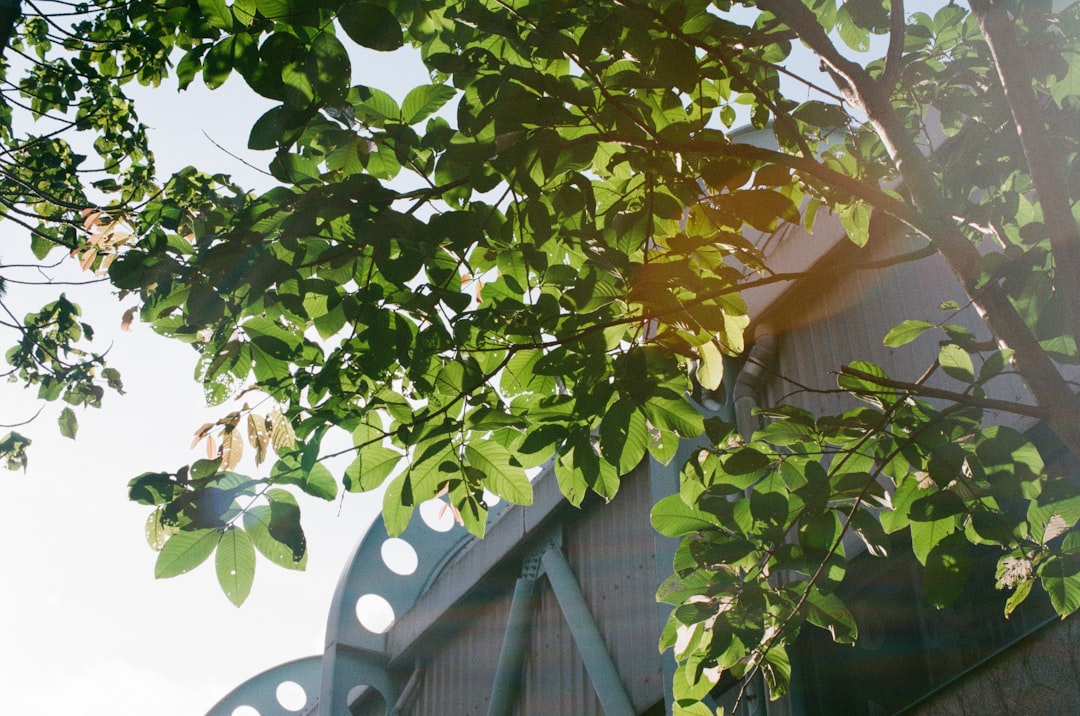
Transform Your Backyard with a Storm - Catching Oasis
Transform Your Backyard with a Storm - Catching Oasis
The Surprising Truth About Weed - Control in Vegetable Gardens
The Surprising Truth About Weed - Control in Vegetable Gardens
Conquer Your Garden's Invaders: Expert Solutions
Conquer Your Garden's Invaders: Expert Solutions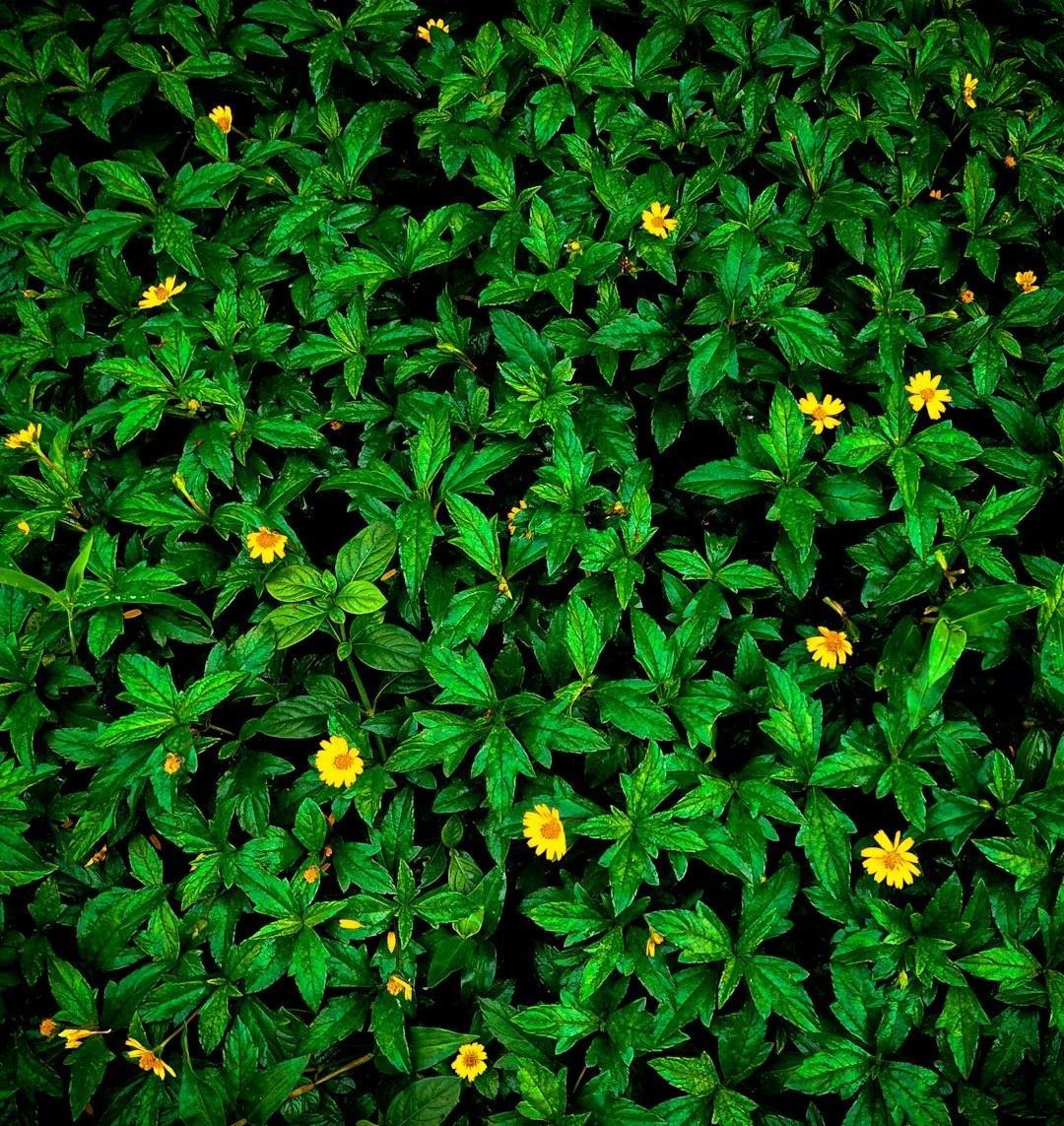
Reviving Your Hibiscus: Solving the Mystery of Yellow Leaves
Reviving Your Hibiscus: Solving the Mystery of Yellow Leaves